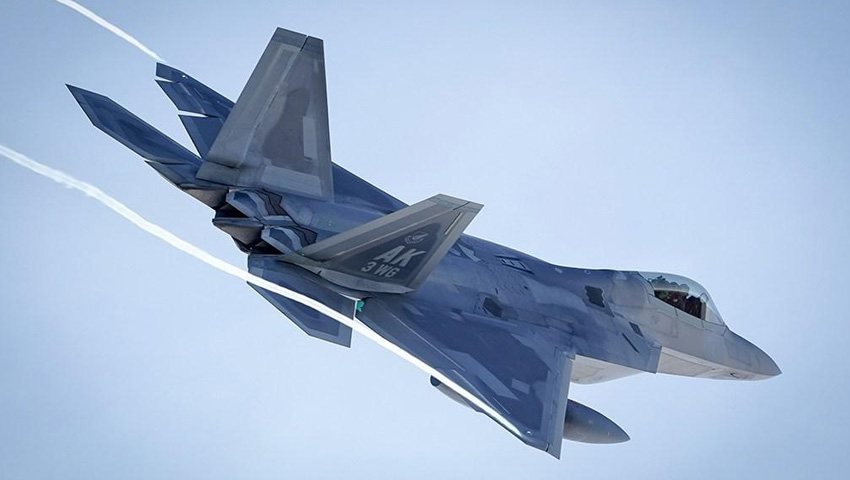According to the annual report by the Stockholm International Peace Research Institute, global defence spending hit US$1.92 trillion in 2019, a 3.6 per cent increase over previous year figures and the largest increase in one year since 2010.
To continue reading the rest of this article, please log in.
Create free account to get unlimited news articles and more!
“Global military expenditure was 7.2 percent higher in 2019 than it was in 2010, showing a trend that military spending growth has accelerated in recent years,” SIPRI’s Nan Tian said in a statement.
“This is the highest level of spending since the 2008 global financial crisis and probably represents a peak in expenditure.”
Large increases year on year were seen in China with 5.1 per cent growth, India 6.8 per cent, Russia 4.5 per cent, Germany 10 per cent, and South Korea 7.5 per cent.
SIPRI is seen as the authority on defence expenditure and its data is considered the most reliable in the area.
The US is still by far the largest spender on defence with its $732 billion representing 38 per cent of global military spending, SIPRI has reported. That was followed by China ($261 billion, at 14 per cent of global total), India ($71.1 billion, at 3.7 per cent), Russia ($65.1 billion, at 3.4 per cent) and Saudi Arabia ($61.9 billion, at 3.2 per cent).
Other key developments cited by SIPRI researchers are as follows:

 Login
Login






